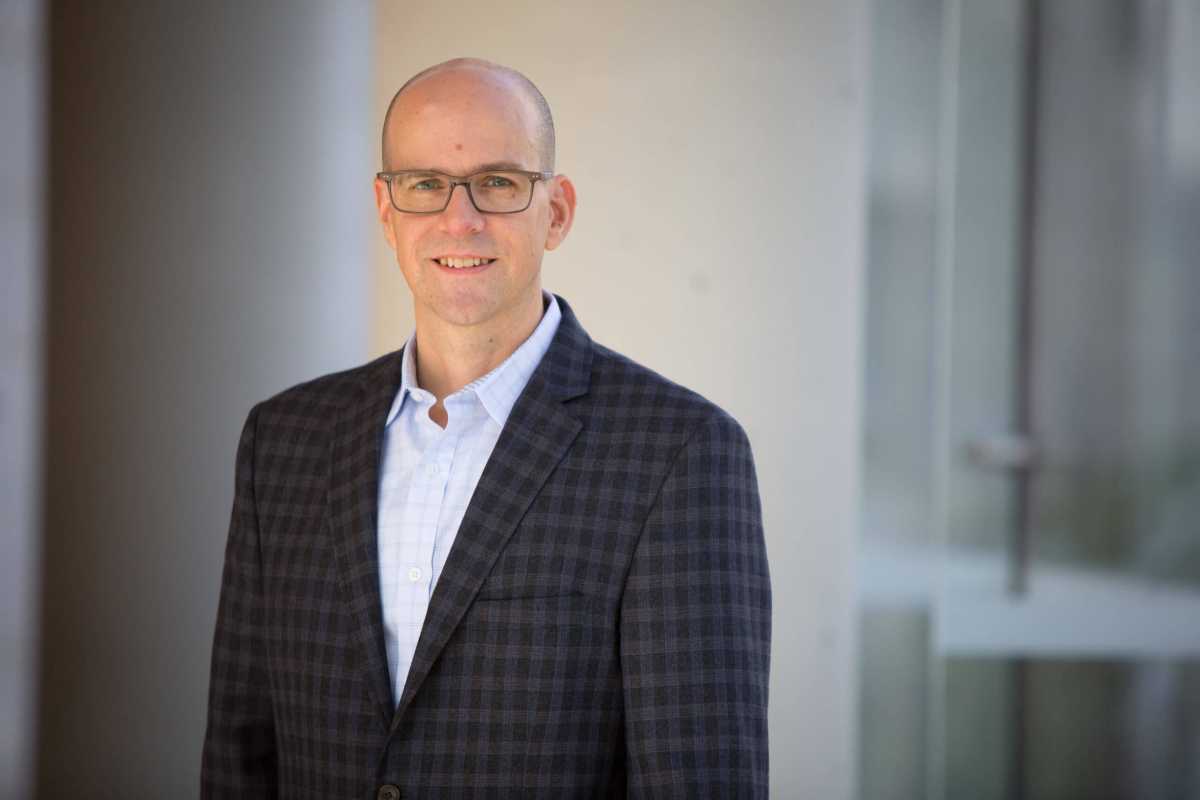Dr. Ulrich G. Steidl, co-director of the Blood Cancer Institute and associate director of basic science at the Albert Einstein Cancer Center (AECC), has received a prestigious Outstanding Investigator Award from the National Cancer Institute (NCI).
This award is accompanied by a seven-year, $7 million grant to study the molecular and cellular mechanisms that lead to two related blood diseases, myelodysplastic syndromes (MDS) and acute myeloid leukemia (AML). Steidl is one of only 17 recipients of this award in 2021, which is given to accomplished leaders in cancer research who provide significant contributions in their field. The ultimate goal of this research is to develop new treatments and cures for these usually fatal disorders.
“Clinical outcomes in MDS and AML have not significantly improved over the past half-century, and cure rates remain below 15% for most patients,” said Steidl, who is also professor of cell biology and of medicine and the Diane and Arthur B. Belfer Faculty Scholar in Cancer Research at Einstein. “There is an urgent need to improve our understanding of how these diseases develop and to devise more effective therapies.”
MDS and AML Explained
MDS occurs when blood-forming (hematopoietic) stem cells in the bone marrow acquire genetic and non-genetic irregularities, leading to the production of abnormal, dysfunctional blood cells, which out-compete healthy cells. Common symptoms include anemia, infections and bleeding.
The incidence of MDS in the United States is unclear, with estimates ranging from 10,000-40,000 new cases annually; about one-third of MDS patients will go on to develop AML. Treatment for MDS is generally limited to preventing or reducing complications, particularly severe anemia. The only cure is a bone-marrow transplant — a therapy not easily tolerated and therefore often reserved for the youngest, most resilient patients. However, most people diagnosed with MDS are elderly.
AML, like MDS, begins with abnormal bone marrow stem cells. But in AML, those cells, after becoming cancerous, proliferate rapidly and quickly spread to the blood and other hematopoietic organs, such as the bone marrow and spleen, and sometimes to other tissues, causing many of the same symptoms seen in MDS, plus others. AML is often fatal within just a few months and afflicts about 21,000 Americans each year. It is usually treated with chemotherapy. Bone-marrow transplantation can cure AML in some patients.
From Stem Cells to Cancer
Recent studies led by Steidl and his research team have shown that both MDS and AML arise from pre-leukemic stems cells (pre-LSCs), a subpopulation of blood-forming stem cells that have genetic and non-genetic aberrations. Certain varieties (clones) of these pre-LSCs go on to develop into leukemic stem cells (LSCs) — cancer cells that are capable of self-renewal. These LSCs — lead to sustained leukemia growth and are particularly resistant to drugs.
“We now know that the considerable diversity of pre-LSC clones affects the development, progression, and treatment resistance of both MDS and AML,” said Steidl, one of the nation’s leading authorities on both diseases.
What causes some pre-LSCs but not others to become leukemic is not clear, but transcription factors are thought to play a key role. Transcription factors are proteins that turn specific genes on or off, determining a cell’s function by regulating the activity of genes. In the case of stem cells, transcription factors guide their differentiation into mature cells. “Our recent work has shown that the actions of key transcription factors are dysregulated in pre-LSCs and LSCs, meaning that the transcription factors and the molecular programs they govern behave abnormally,” he added.
Thanks to his new NCI grant, Steidl hopes to:
- Understand the dynamics and regulation of different pre-LSC clones and their interplay that trigger the onset and progression of MDS and AML.
- Identify and study the mechanisms by which transcription factors cooperate in transforming pre-cancerous stem cells into MDS and AML so that those transcription factors can be targeted with drugs.
- Study the transcriptional dysregulation of pre-LSCs at a single-molecule and single-cell level.
To accomplish these goals, Steidl’s research team will employ novel tools for analyzing stem cell clones in patients, as well as newly developed mouse models of pre-LSC progression to MDS and AML.
Developing New Cancer Therapies
“The knowledge we gain from this research should enable us to develop drugs that target pre-LSCs and their aberrant transcription factors,” Steidl said. “Such an approach holds the promise of achieving lasting remissions and, ultimately, even cures. Hopefully, our understanding of the early events in the progression of MDS and AML may even allow us in the future to prevent these diseases by interrupting the transformation of pre-LSCs to LSCs before overt leukemia can occur.”
The grant (R35CA253127) is titled “Molecular and Cellular Regulation of Pre-Leukemic Stem Cells and their Therapeutic Targeting.”

























